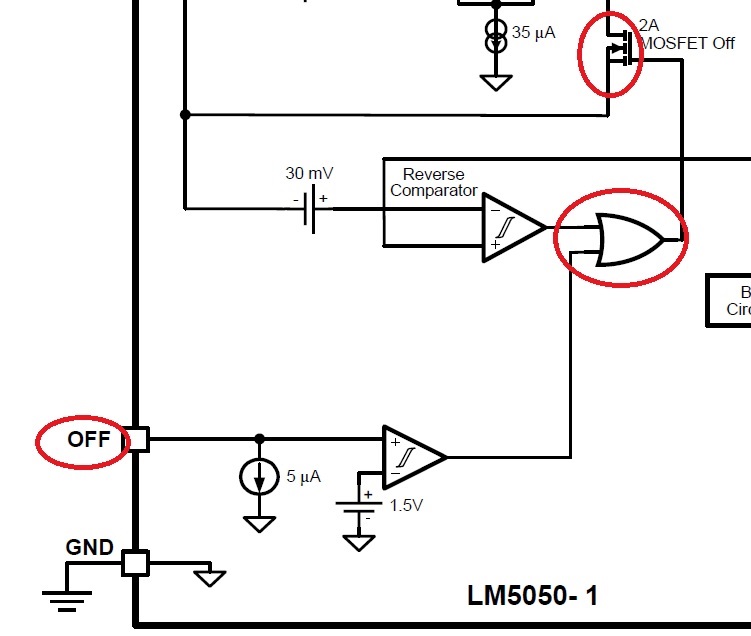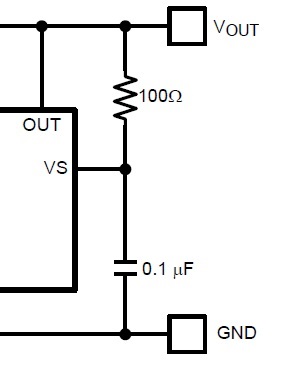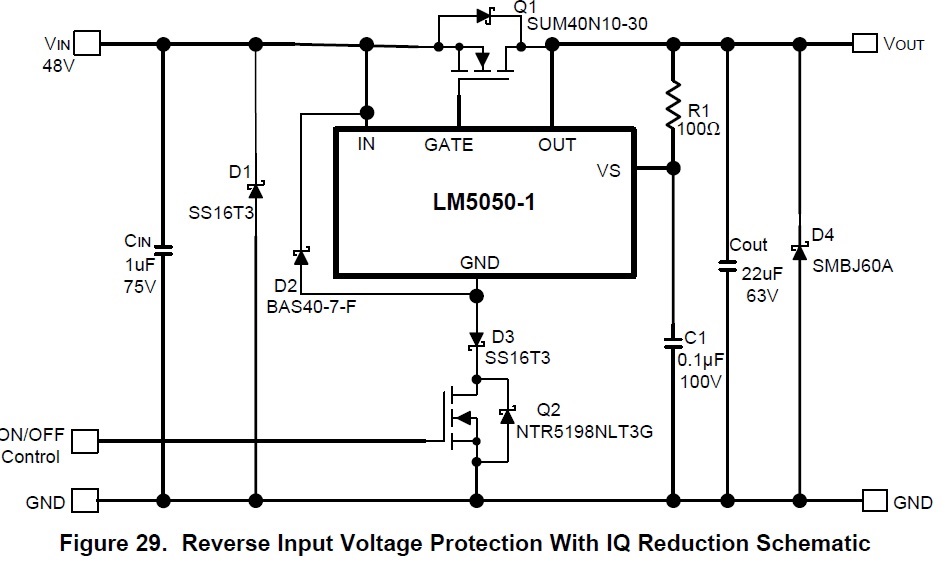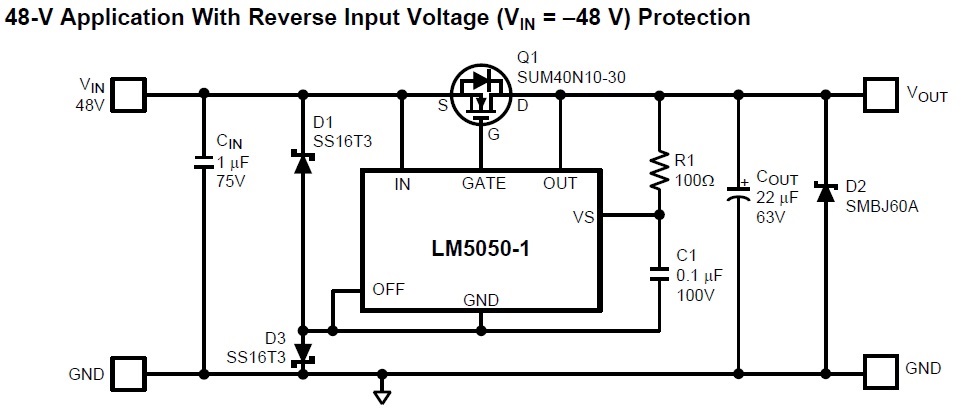Other Parts Discussed in Thread: LM5060
1. Wide Operating Input Voltage Range, VIN: 1 V to 75 V (VBIAS required for VIN < 5 V) : VBIAS Refers to VS Pin need???
2. Fast 50-ns Response to Current Reversal : Output Reverse Current Reverse Input Protection????
3. OFF pin passes OR-gate, how to control MOSFET ON/OFF function???(Page 12)
4.VS-Pin external resistor fixed with 100 ohms: Is there a disadvantage to using a larger resistor? Or other side effect???
5. MOSFET selection : Low Rds(ON) is generally selected. This IC-specification content does not necessarily use low RDS(ON), but it also involves hot issues.
The recommendations are as follows (22 mV / ID) ≤ RDS(ON) ≤ (100 mV / ID) The content is not very clear, can explain why the low RDS(ON) mechanism is not selected?
6.
A. Can be explained as follows in the Reverse Input voltage protection, as long as the function of the LM5050-1 is not needed, the power supply of the LM5050-1 can be disconnected by turning off the Q2, which means the turn-off IC?
B. The following circuit can explain ON/OFF Control D2 D3 Q2 loop and function operation
C. Why IC GND-Pin does not need to be connected to earth-GND???
7. Do not understand, use D3 when IC reference GND??? Can explain in detail and function





